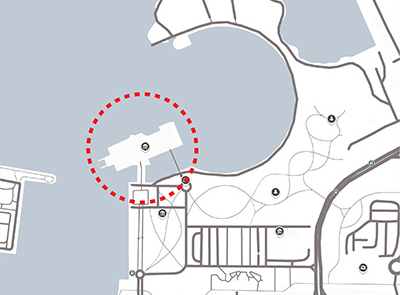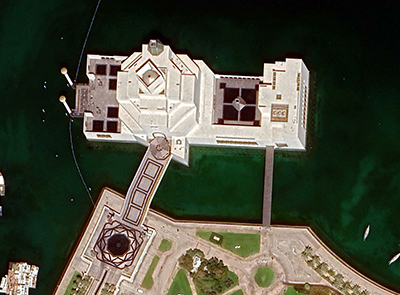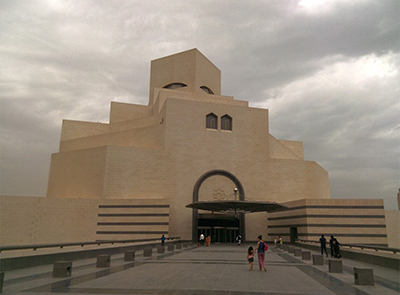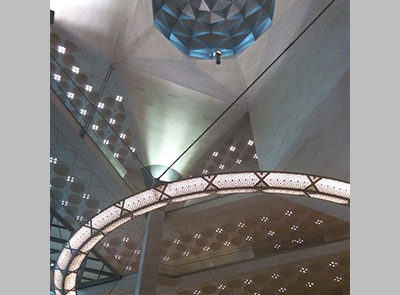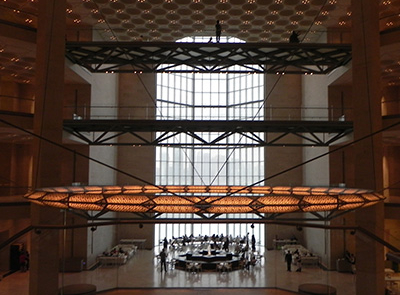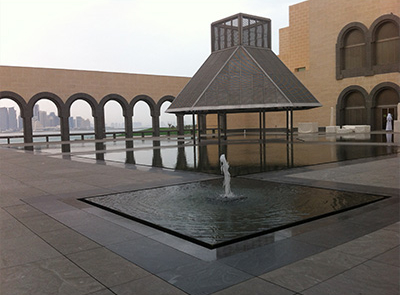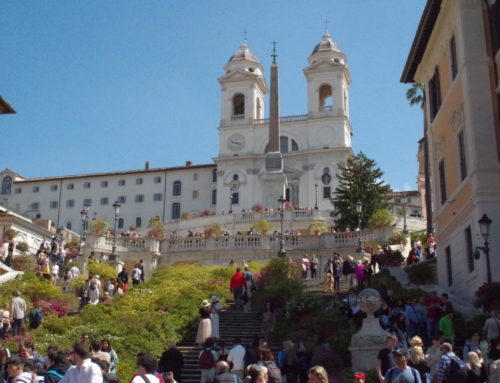
“Architectural icons as instrument for urban and tourism development” this is the new topic I want to talk about… for this purpose, I am going to the Middle East! I’ll visit the “Cities of the Future”, where some new buildings have become icons and touristic attractions. So, my first stop in this vast territory will be Doha, Qatar.
Some historical background about Doha, after oil was discovered and revenues started in 1949, a complete economic transformation commenced, this was more evident after their independence in 1971; as a result, Doha became a center for finance and later a hub for sports. To achieve this, the Qataris began to build colossal buildings, designed by famous architects that became icons. One of those great buildings is the Museum of Islamic Art, which was designed by the famous Chinese/ American architect (Pritzker Prize Winner) Leoh Ming Pei (as I have said before, he is one of my favorite architects!)
When Pei was invited to design this museum, he had already retired from his practice, (his two sons were in-charge of his studio), but since he had never done any project in this part of the world, he decided to accept it (despite his advanced age). So, before starting with any design work, he thought that he had to first learn about the Islamic art and architecture. To accomplish this, he decided to travel through the Muslim world for six months.
This story illustrates what I want to teach through this blog, architecture is learned by traveling, in fact that, even him with so many years of experience and awards in his field, decided that before designing his project he had to learn and find sources of inspiration for his design.
The museum of Islamic Art (MIA) was inaugurated in 2008 and immediately became an architectural icon and attraction of the city. This museum is classified as “Islamic Contemporary Style” due to its reinterpretation of the historical Islamic art and architecture, (in fact some critics indicate that this project is the best example of postmodern architecture too).
So, first let’s talk about the context of the Museum…it is located in an artificial island near the city’s main corniche. From this prominent location, the iconic MIA can be easily seen. From this location, one can also have a beautiful view of the city’s west bay area.
The museum itself is a very nice spatial and geometrical building composition…starting with its octagonal shape at the ground floor, which reduces in size as the building raises at each level (as a sort of staggered cladded on limestone pyramid), culminating at the last level (fifth floor) with a small, rotated cube which is a reinterpretation of a mosque dome.
Inside the MIA, the floor, ceiling and walls are decorated with Islamic geometric patterns and… dominating the central hall is an elegant double curved staircase, complemented by a beautiful circular metal chandelier suspended in the middle of the space. This space with the chandelier appear to reinterpret a mosque’s main prayer room.
Another distinctive element of the Islamic architecture incorporated in this museum is, a square shape outdoor patio (courtyard) on one side of the building. This area is framed with arches and columns, featuring a reflecting pool in the center of it. Pei’s museum is a notable example of how the architect was able to integrate the historic architectural legacy into a magnificent contemporary structure, that not only contains art, but it is in itself a work of art.
I conclude the MIA tour, quoting Vitruvius’ Books of Architecture “the qualities of a building are based on a triad”: utilitatis (utility), firmitatis (strength or stability) and venustatis ( beauty)… my question is “are all architects applying this triad”? in my opinion Pei did so in this building.
I say goodbye to the Pei’s Museum of Islamic Art, inviting you to read my next blog about another jewel in Doha “the Souq Waqif.” (public market).
Ma’a salama!


